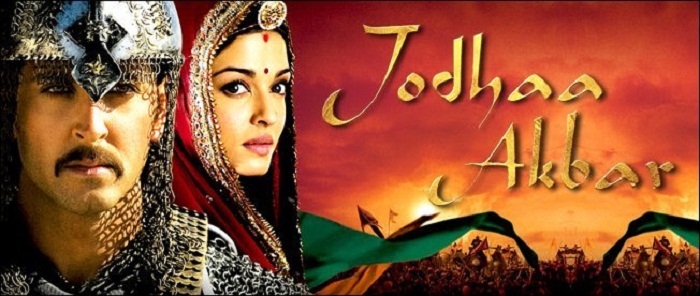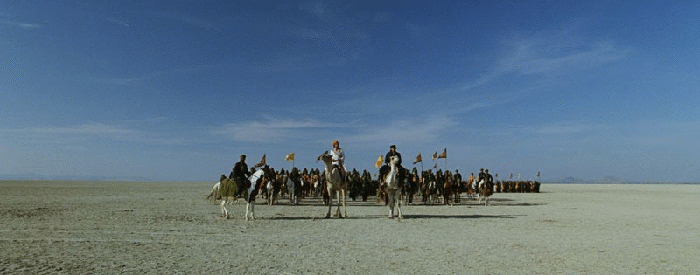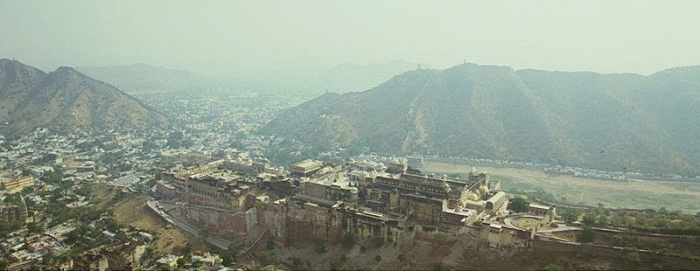
On this day a decade ago, veteran Bollywood director Ashutosh Gowarikar opened his magnum opus Jodhaa Akbar, which would eventually go on to become a blockbuster of epic proportions, setting new records and reaching new milestones at the box-office. The grandiose scale, lavish opulence and skilled craftsmanship not only propelled the maverick director, but also re-established a genre in the Indian cinema that was fast fading back then.
But amid all the fanfare, the movie also brought to the fore the kind of VFX that the conventional Indian audience wasn’t witness to. And remember, this was the era before the Bahubalis and Padmaavats, and the one where the facilities weren’t as rich as they are today. Pulling off a project of this standard was a hard enough task, but helming the visual effects, more so.
Visual Computing Labs, the animation and VFX arm of Tata Elxsi, delivered over 1000 shots in what was an intensive work, and VFX producer on the project Kunal Rasal reminisces the reservations they had on pulling it all off given the tools constraint. He says, “We were pretty skeptical as the technology we had at the time weren’t as cutting-edge as we have today while the shots were quite difficult. However, we had to deliver all the requirements put forth by Ashutosh sir without having to compromise on the quality of work which made it all the more challenging.”

To be more precise about the limitations, Rasal explains, “Today, we use softwares like My Army and upgraded versions of Nuke and Maya for executing several shots such as crowd simulation, but weren’t available at that time and given the fact we had to simulate the crowd in various scenes, that became a sort of impediment in our work.”
But the complications weren’t confined to just that. Besides technology, time was also a pressing concern as the shots were to be delivered within the stringent deadlines given, and the crew apparently had to walk the extra mile to execute visual effects shots for particular scenes including the climax, that were shot at Mandkeshwar. The movie begins with a war sequence and ends with another, although both are just as magnificent to witness. Rasal feels the implementation complexities could be alleviated had it shot in today’s times, given the better camera options available and the lucrative features that come with it.

So given the luxury of VFX and CG paraphernalia ten years later, which aspect of the effects could be done better than what was in the movie? “There are a lot of things. But particularly, I feel blending live-action with CG could be done in a much better way today,” explains Rasal.
Besides probing an exquisite tale of one of India’s most renowned Mughal emperor and his tryst with a Rajput princess, Jodhaa Akbar was also a visual delight, portraying vast landscapes and large scale battles that truly elevated the overall cinematic experience. As Rasal puts it, “The VFX requirements for Jodhaa Akbar seemed visionary and very large scale, as very few movies resorted to visual effects back then.”
Jodhaa Akbar as a movie can be remembered for reasons more than one, and its VFX supervisor too has one of his own – “I think working with Ashutosh sir was the best part about this project. Very few directors enter the office with a vision and clarity. It’s always a pleasure to work with such directors.”
